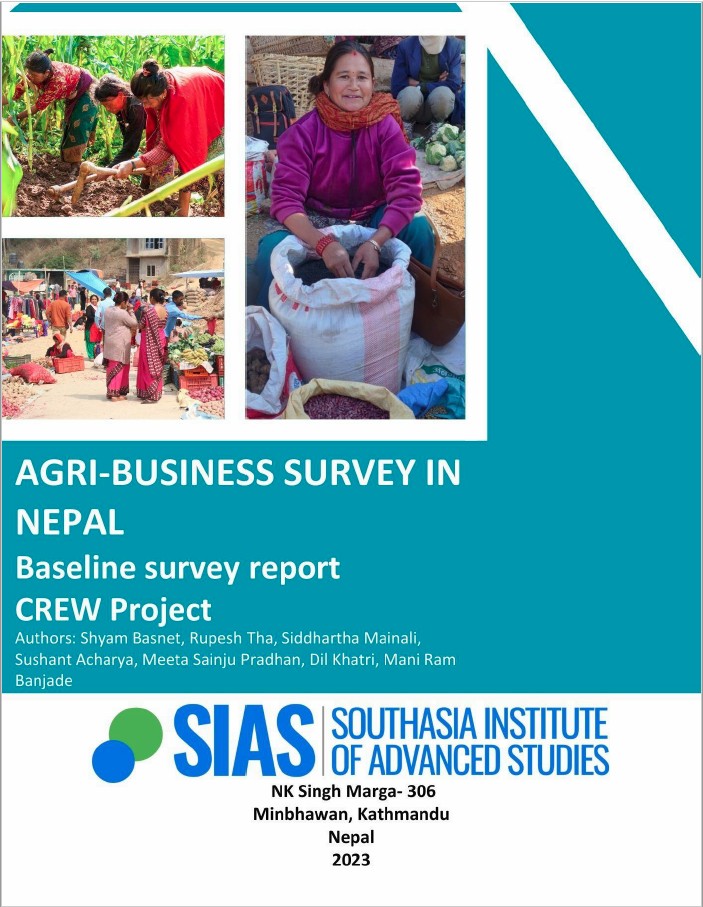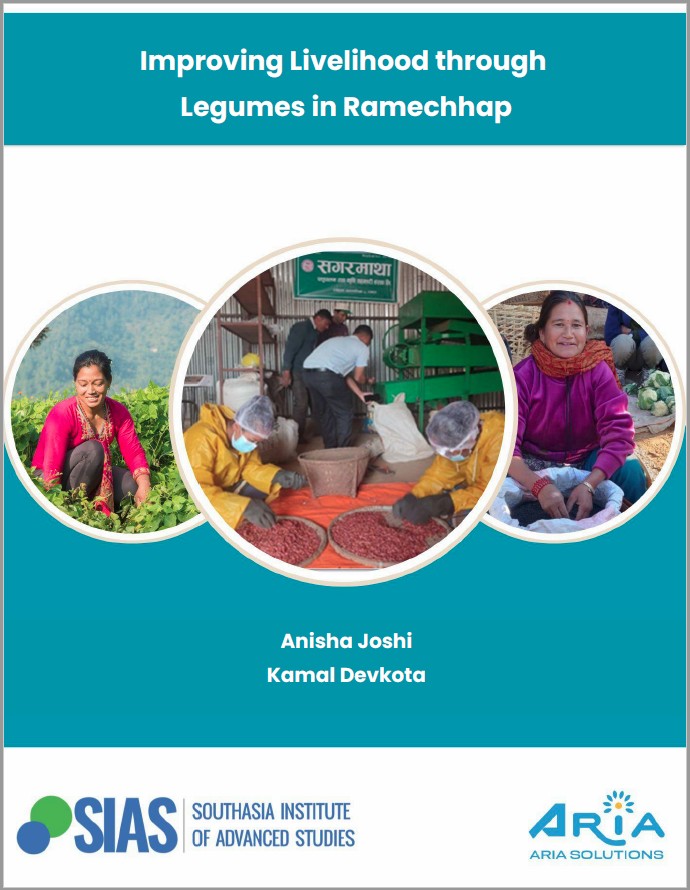Abstract: Nepal’s ‘political transition’ that ensued from the entry of the Maoists into mainstream politics in 2006 has been marked by a glaring continuity to the vacuum of political representation at sub national polity. This vacuum is nurtured and sustained by the modus operandi of decision making in Kathmandu that is characterized by a tacit politics of convenience amongst of the political party establishments but which is legitimated under the rubric of national consensus. The absence of election in local government bodies—district development committees (DDCs), municipalities, and village development committees (VDCs)—has left them without a platform for democratic representation in regard to the prioritization and mobilization of huge public resources and the discharge of developmental, administrative and para-juridical functions that underpin the country’s local governance legislation. The ad-hoc structures that are set in place as proxy to elected representatives have fared badly in the local bodies. The new arrangement, called ‘all party mechanism’ (APM), is premised on the consensus politics, lacks popularly mandated development agenda, and avoids and silences opposition and dissent. It is unclear who will be held accountable for misappropriation of resources and power. Themechanism lacks the political zeal and electoral imperative to innovate new programs and properly mobilize the funds, and even fails to spend the earmarked budget. Accordingly, Nepal’s local bodies are plagued by the lack of deliberation over people’s felt needs, ineffective development planning, under-mobilization of budget, failure of service delivery, and fraudulent use and misappropriation of funds. We suggest that the past five years mark a lost post-conflict opportunity in Nepal in deepening democracy to sub-national spaces.




